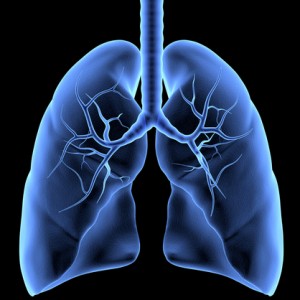 A research team at Chongqing University in China developed a detection device that identifies cancer related volatile organic compounds (VOCs), a type of biomarker found in some lung cancer patients’ exhaled breath.
A research team at Chongqing University in China developed a detection device that identifies cancer related volatile organic compounds (VOCs), a type of biomarker found in some lung cancer patients’ exhaled breath.
The results, entitled “A novel device based on a fluorescent cross-responsive sensor array for detecting lung cancer related volatile organic compounds,” are published in the journal Review of Scientific Instruments.
The detection device showed excellent selectivity and discrimination ability for VOCs related to lung cancer. The results also showed that it could be potentially applied in early clinical diagnosis of lung cancer.
The technology uses a sensor array based on a cross-responsive mechanism. To ensure the sensor array was sufficiently exposed to VOCs researchers use a special gas chamber. Data collection and a processing system was used to detect fluorescent changes of the sensor array before and after reaction to detect unique patterns of VOCs.
The team used four varieties of lung cancer related volatile organic compounds, including p-xylene, styrene, isoprene and hexanal, which were uniformly distributed in a specially designed rotatory gas chamber to each responsive spot in the sensor array. The fluorescent light contained three lasers that were used to stimulate the fluorescent sensor array.
“Our results show that the device can discriminate different kinds and concentrations of cancer related volatile organic compounds with a nearly100 percent accurate rate,” said Jin-can Lei, led researcher and a postdoc from the College of Optoelectronic Engineering, Chongqing University. “This would also be a rapid method in that the entire detection process in our experiment only takes about 20 minutes.”
“Thus, given a complete fluorescent-image database of all lung cancer related gases, this device could be used to identify and quantify various gases characteristic of lung cancer from people’s exhaled air, ” said Chang-jun Hou, the team leader and a professor from the College of Bioengineering, Chongqing University. “This may lead to a simple, rapid breathalyzer for early diagnosis of lung cancer.”
“The experiment shows that the fluorescent cross-responsive sensor can accurately distinguish the four cancer-related gases and discriminate the gas concentrations, ranging from 50 to 500 parts per billion,” Lei added.


